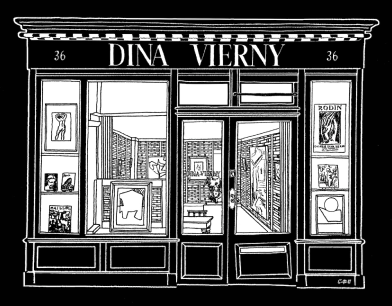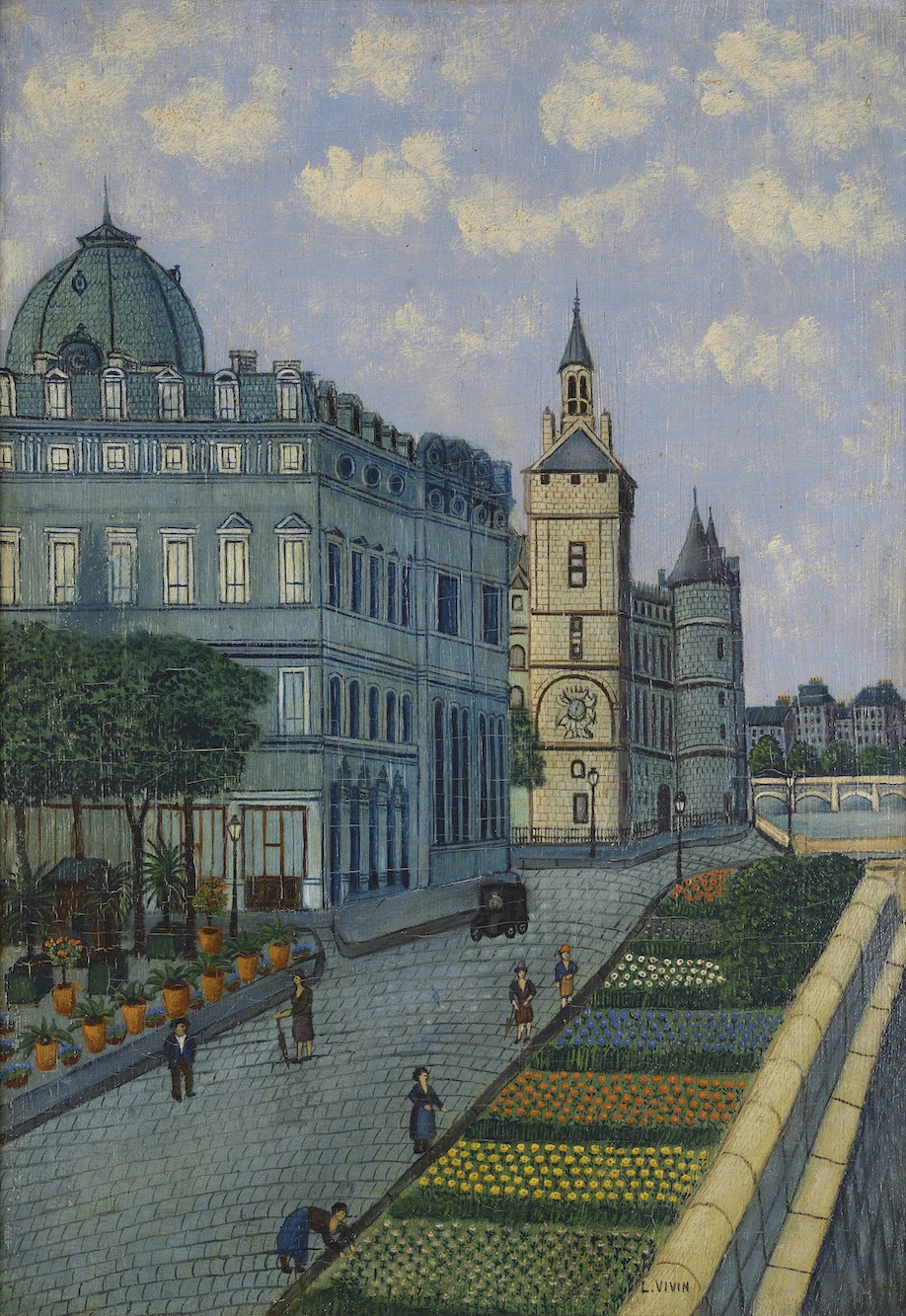
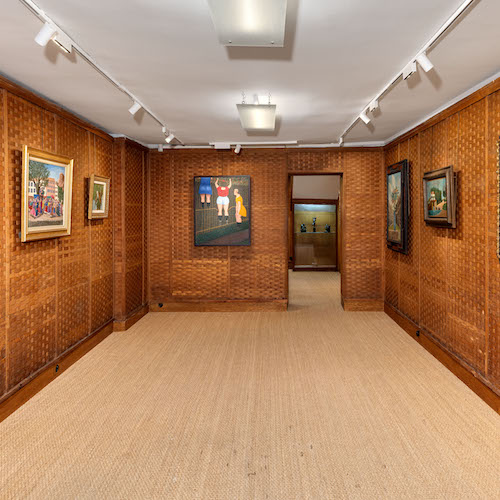
Long appreciated according to criteria having nothing to do with aesthetics, gathered under the same label while their pictorial universes differ greatly, modern Primitives have been the subject of blissful revisions for some years. Free from the primitivism that marked the first half of the twentieth century and that greatly influenced their recognition, the time has come to take another look at their work and, while trying to better understand the relationships they have had with modernity, to consider a more pictorial reading of their work. It is with this in mind that the present exhibition aims to highlight the importance of colour in the painting of some of the modern Primitives. The use of a bright colour palette, the fairly frequent use of primary colours, characterize the works of André Bauchant, Camille Bombois, Séraphine Louis, Louis Vivin, and of the one who was considered their father, Henri Rousseau.
Enlivening their canvases with a bright gaiety, this academic and simplified use of colors also invites us to wonder. Would this not be one of the reasons why the painting of the modern Primitives interested the avant-garde that much? One of the essential features of modern painting is the use of a refined palette, sometimes reduced to the primary colours applied to the canvas in large plain areas. From Paul Gauguin to Wassily Kandinsky, to the simultaneity of Sonia and Robert Delaunay – four painters whose appeal to the modern Primitives is well known – modern artists have exalted colour for colour, some even to the point of establishing the concept of “pure colour”. The exhibition Bleu-Rouge-Jaune, the palette of modern Primitives is an opportunity to analyze this pictorial originality through twenty works, some of which have never yet been shown to the public.
Marion Alluchon, exhibition curator
Marion Alluchon holds a PhD in art history and is responsible for the programming of contemporary art, design, crafts, architecture and fashion at the Swedish Institute in Paris. She is the author of a thesis on the reception of naive art, «Du Douanier Rousseau à Gaston Chaissac: la reconnaissance de l’art naïf en France et au Etats-Unis (1886-1948)» defended in 2016 at the University of Paris 1-Panthéon-Sorbonne. Her work focuses on primitivism, modernity and naive art, its definition, reception and its artists.

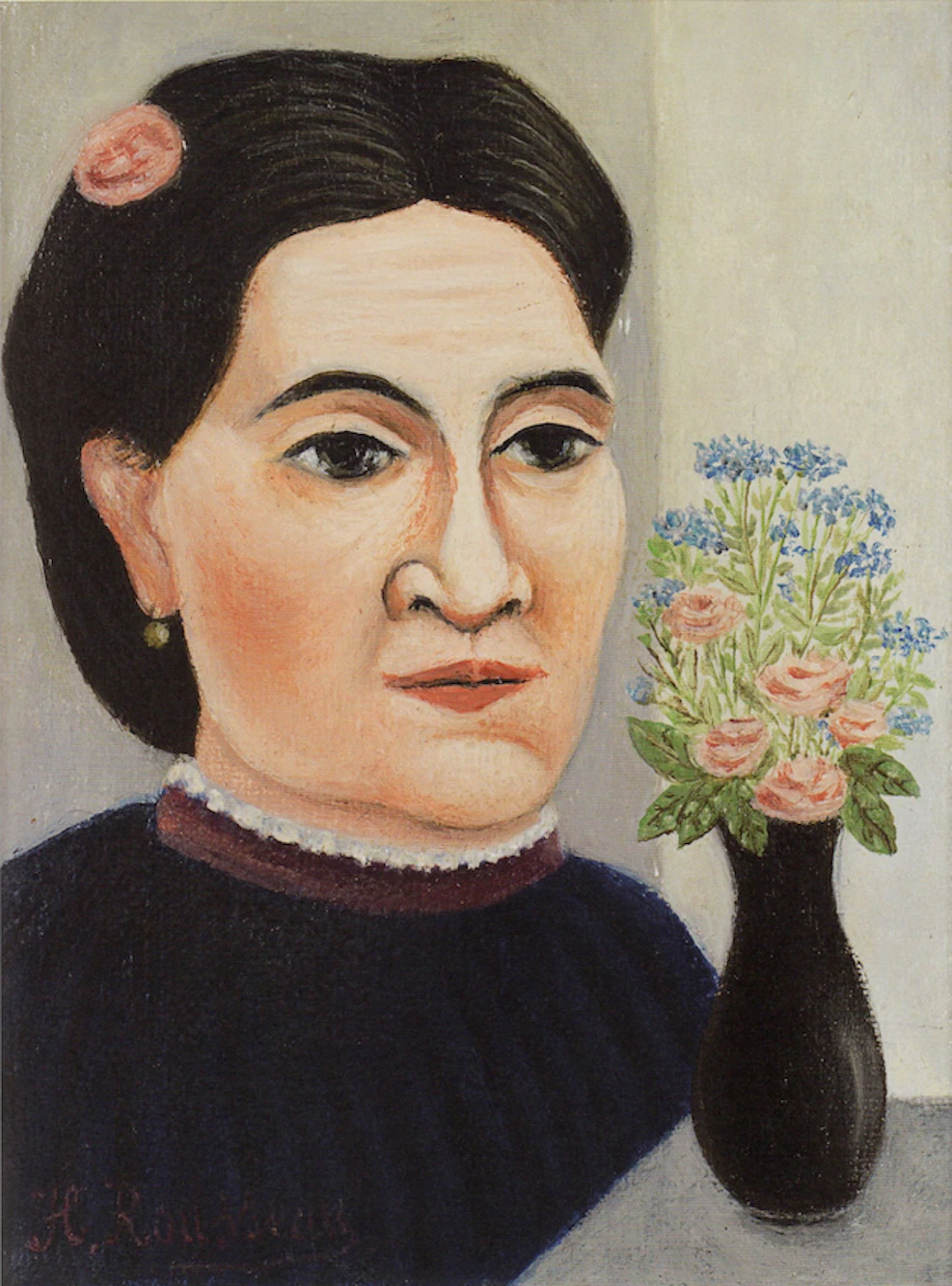
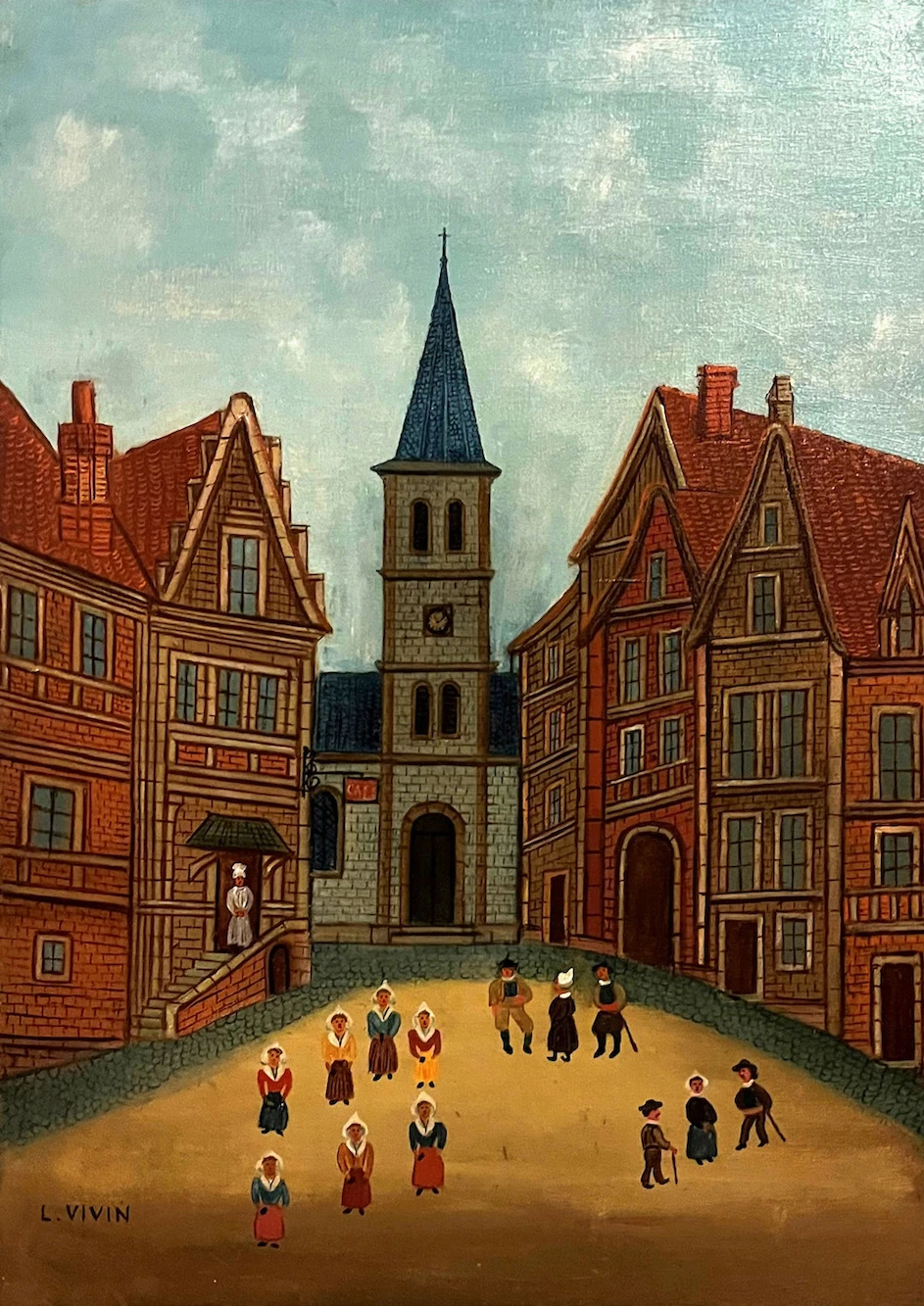
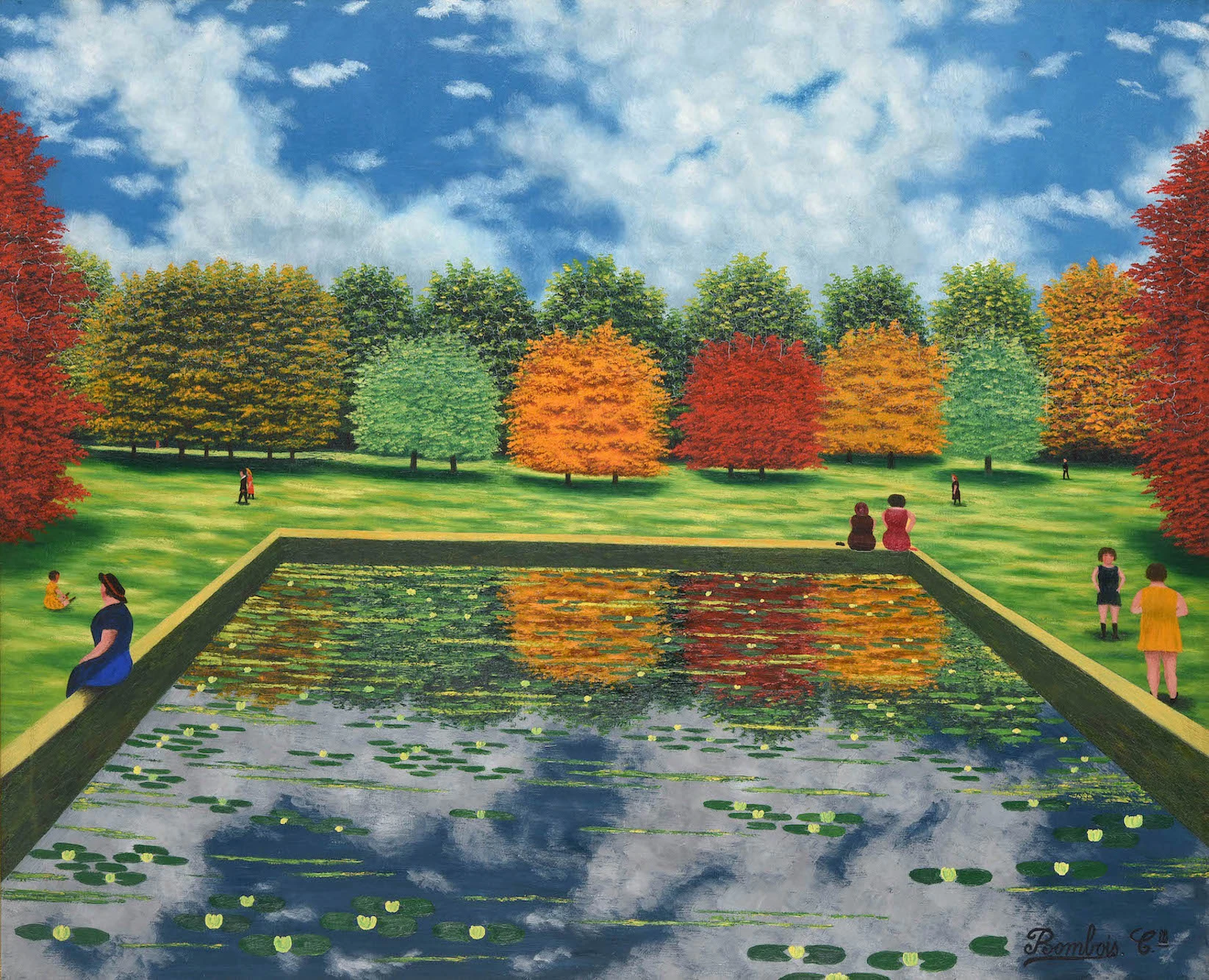
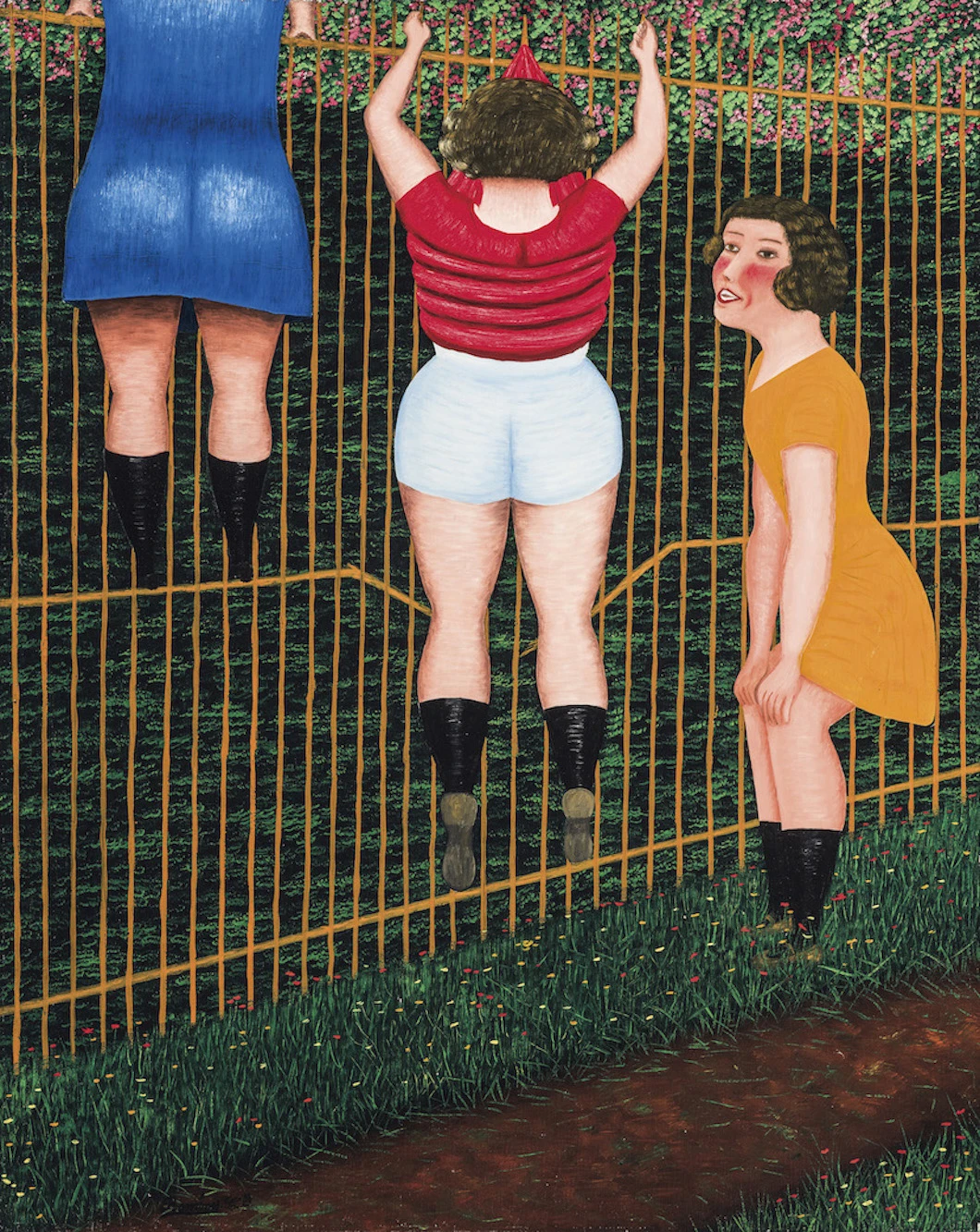
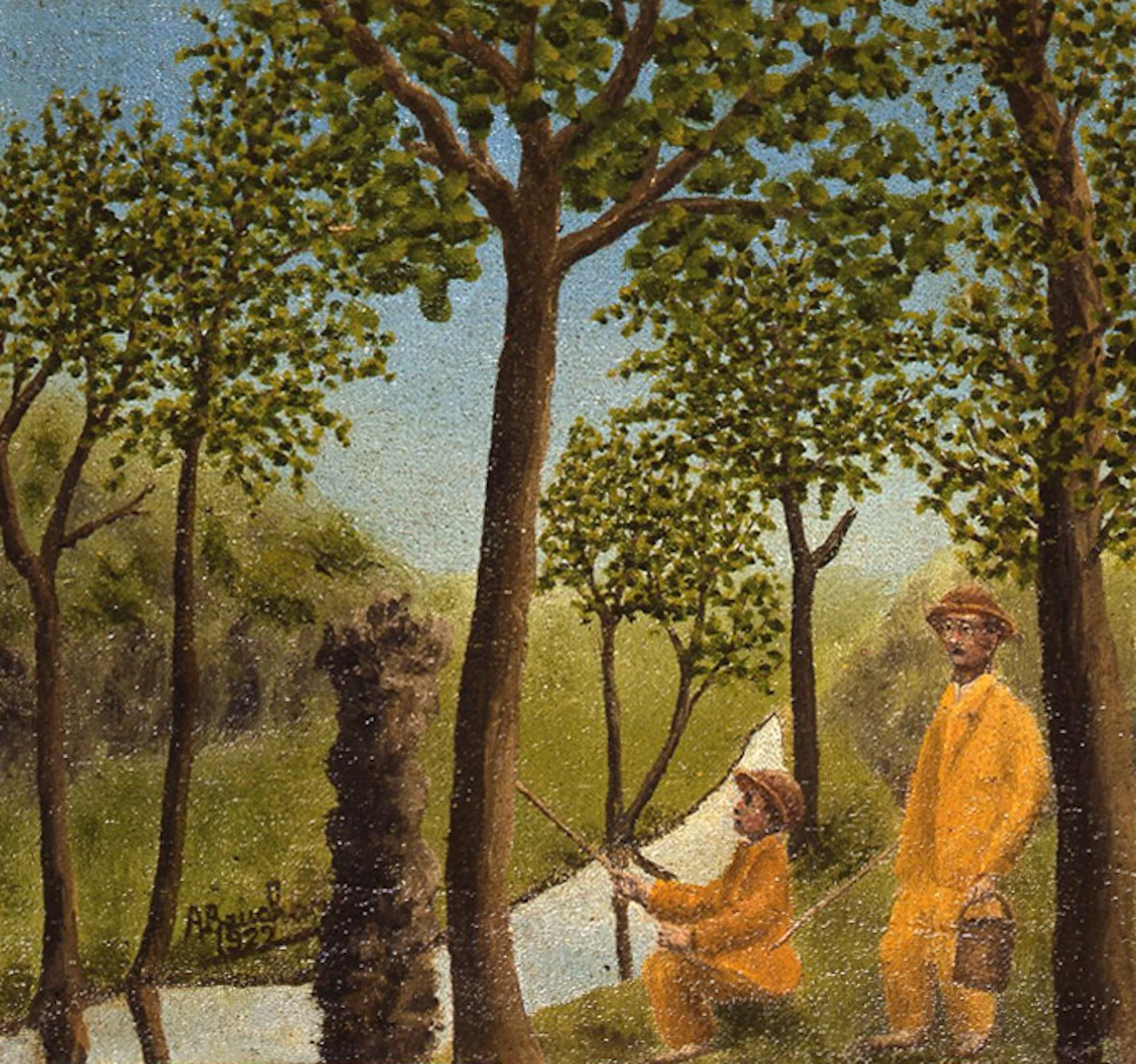
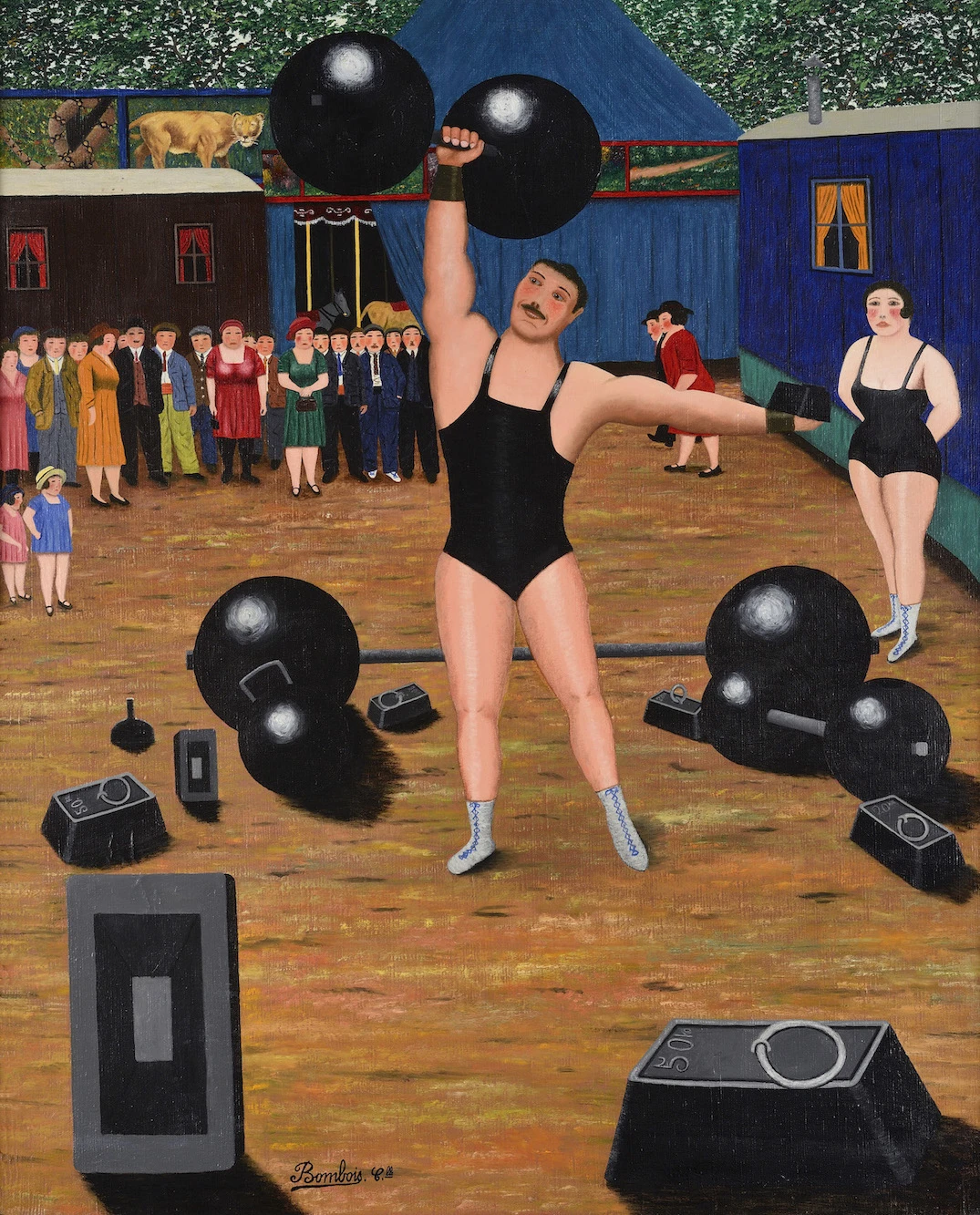
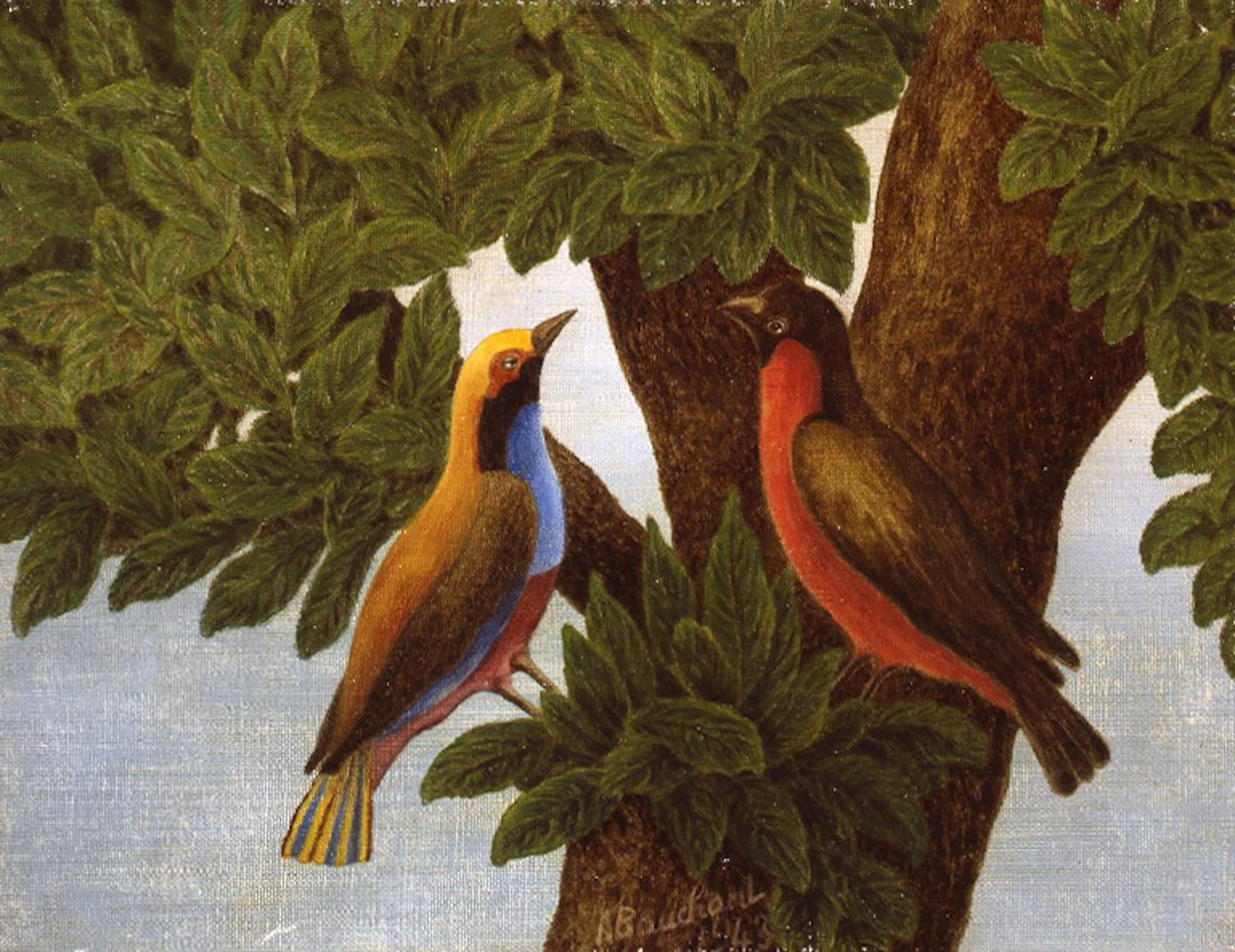
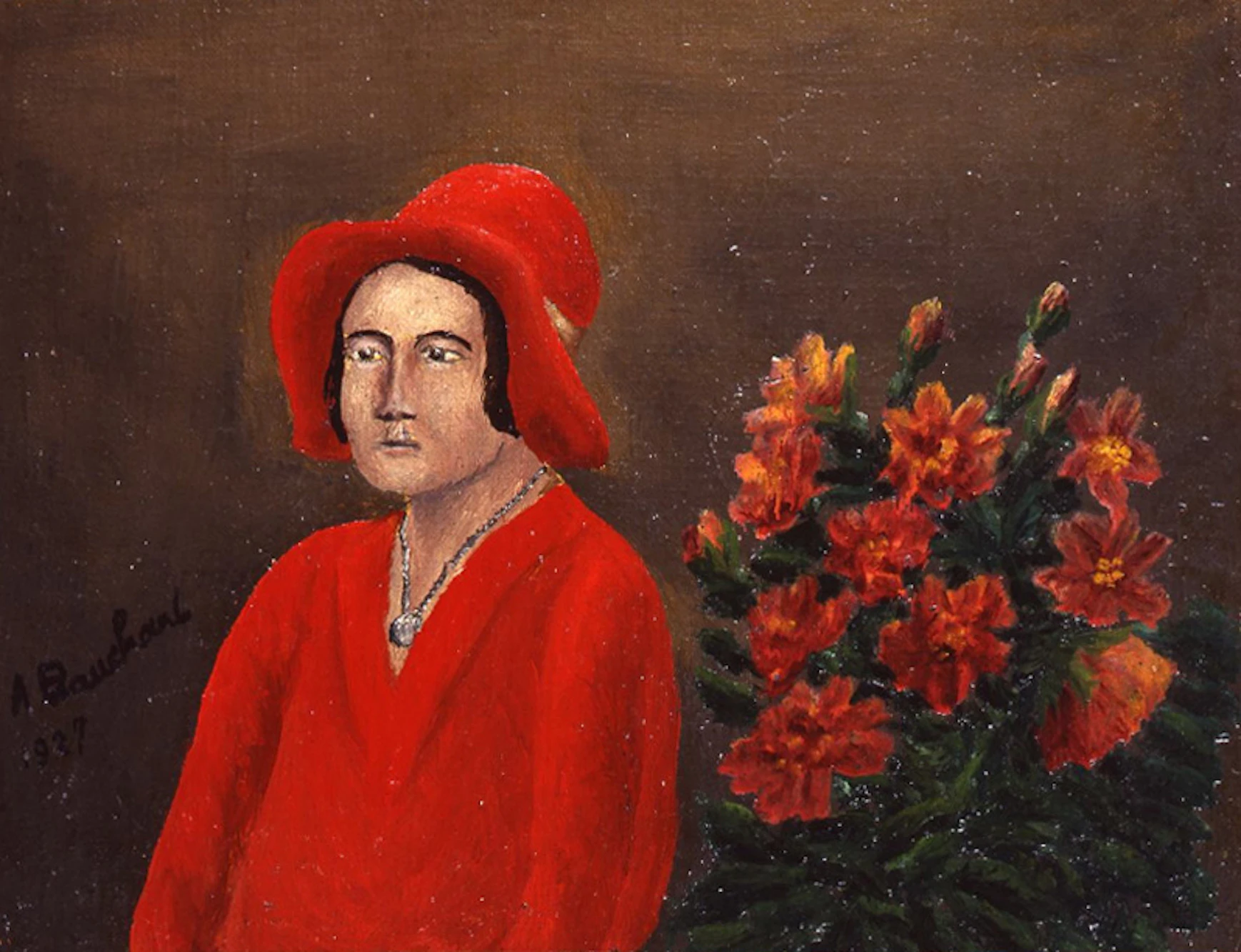
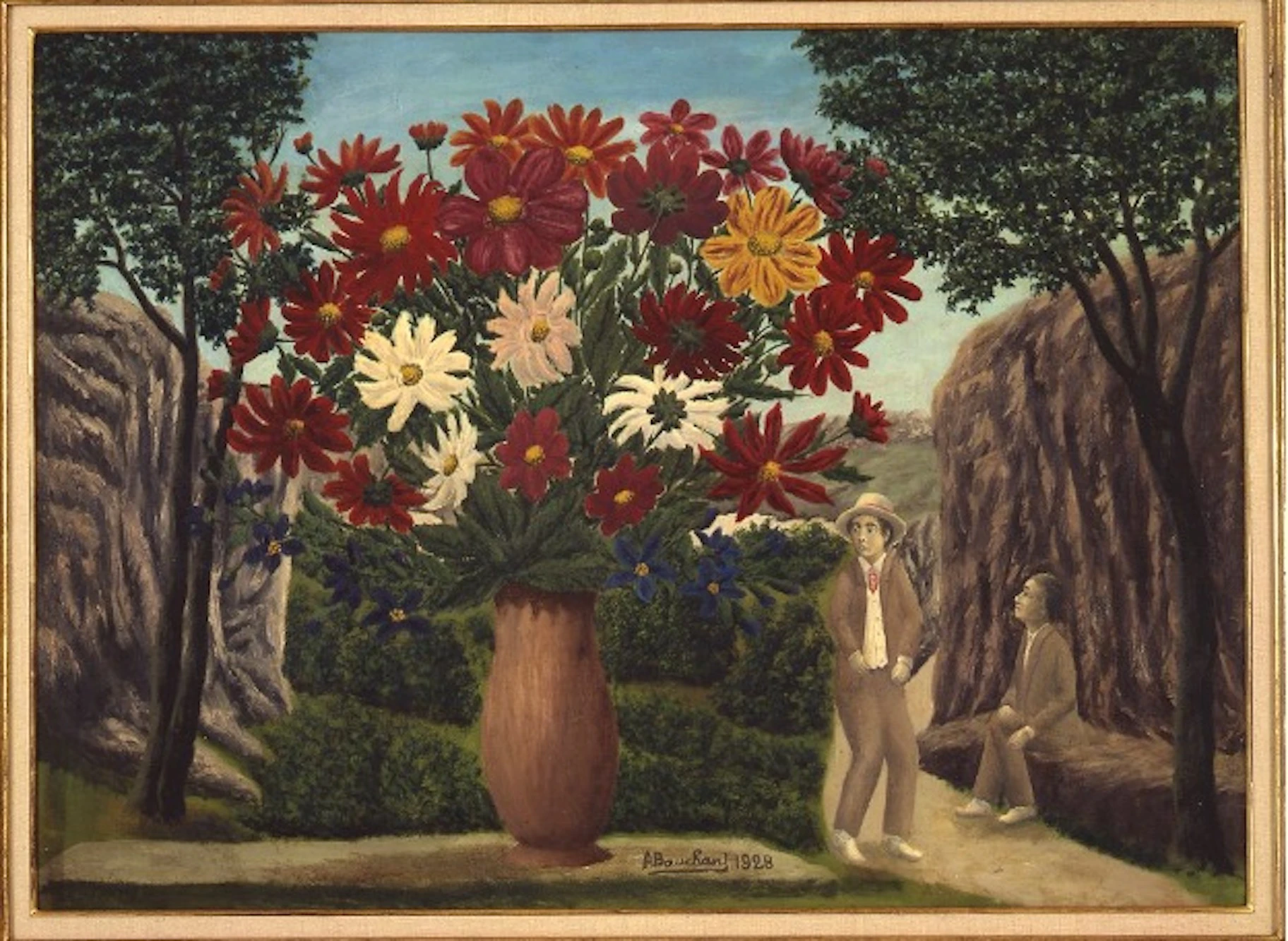

Le marché aux fleurs
1914
Oil on canvas
46,2 x 32,2 cm

Portrait de femme au bouquet de fleurs
c. 1900-03
Oil on canvas
18,3 x 14 cm

Le Village Breton
c. 1930
Oil on canvas
46 x 33 cm

Reflets d'automne
c. 1935
Oil on canvas
60 x 73,5 cm

La grille rompue
c. 1930
Oil on canvas
92 x 73 cm

Pêcheurs
1922
Oil on canvas mounted on cardboard
20 x 21 cm

Au cirque forain
1928
Oil on canvas
73,6 x 57,8 cm

Deux oiseaux sur un arbre
1943
Oil on canvas
27 x 35 cm

Portrait de femme en rouge aux fleurs
1927
Oil on hard panel
20 x 26,5 cm

Les Promeneurs du dimanche
1928
Oil on canvas
73 x 100 cm
Aped quas parum qui beaquae preped eum volupitae odis re culpa volor autes nesciis am inus veliquibus. Rum fuga. Et ernam, que minvel Rum fuga. Et ernam, que minvel Rum fuga. Et ernam, que minvel Rum fuga. Et ernam, que minvelEt ernam, que minvel Rum fuga. Et ernam, que minvel Rum fuga. Et ernam, que minvel Rum fuga. Et ernam, que minvel
Aped quas parum qui beaquae preped eum volupitae odis re culpa volor autes nesciis am inus veliquibus. Rum fuga. Et ernam, que minvel Rum fuga. Et ernam, que minvel Rum fuga. Et ernam, que minvel Rum fuga. Et ernam, que minvel Et ernam, que minvel Rum fuga. Et ernam, que minvel Rum fuga. Et ernam, que minvel Rum fuga. Et ernam, que minvel
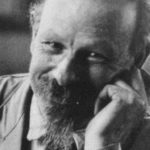
André Bauchant spent his whole life in his native land of Touraine. He left school at 14 to work the land on the family farm. He later became a breeder, tree merchant and nurseryman, which gave him the nickname of «gardener painter».
Dur ...
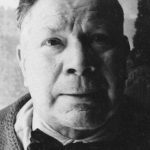
Son of a boatman, Camille Bombois went through various professions, such as farm boy, circus wrestler or bobinier, before devoting himself fully to painting.
He moved to Paris in 1907 and, on his return from the war of 1914 – 1918, decide ...
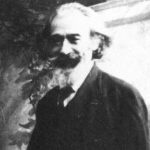
Born in the Vosges into a family of schoolteachers, Louis Vivin made a career in the administration of the PTT (Postes Télégraphes et Téléphones). Although he painted all his life, it was only after his retirement in 1923 for his exemplary att ...
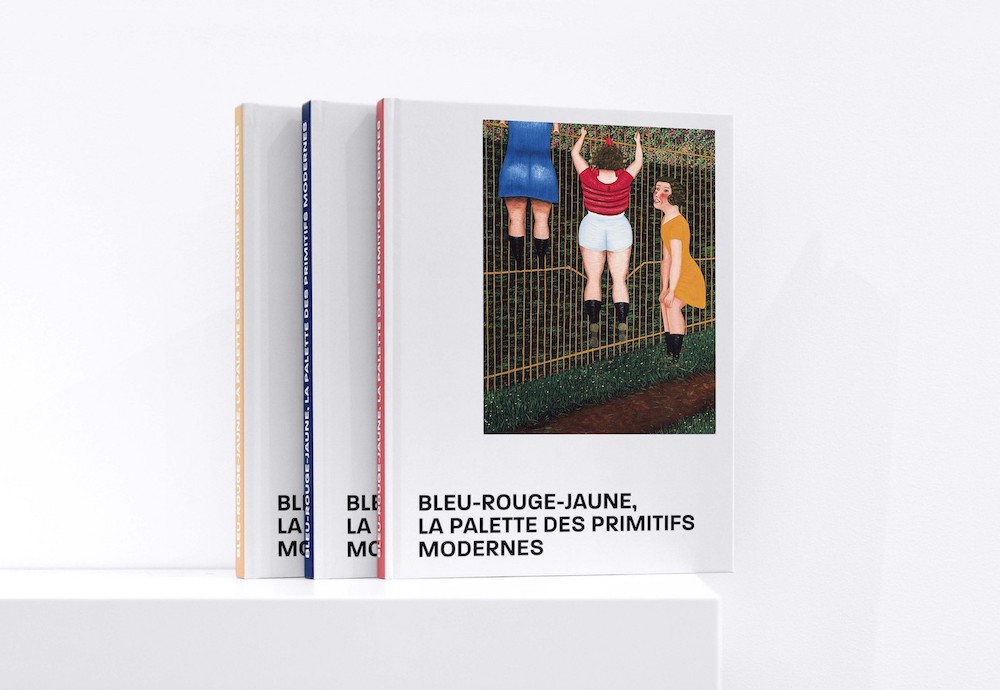
Long appreciated according to criteria having nothing to do with aesthetics, gathered under the same label while their pictorial universes differ greatly, modern Primitives have been the subject of blissful revisions for some years. Free from the primitivism that marked the first half of the twentieth century and that greatly influenced their recognition, the time has come to take another look at their work and, while trying to better understand the relationships they have had with modernity, to consider a more pictorial reading of their work. It is with this in mind that the present exhibition aims to highlight the importance of colour in the painting of some of the modern Primitives. The use of a bright colour palette, the fairly frequent use of primary colours, characterize the works of André Bauchant, Camille Bombois, Séraphine Louis, Louis Vivin, and of the one who was considered their father, Henri Rousseau.
Enlivening their canvases with a bright gaiety, this academic and simplified use of colors also invites us to wonder. Would this not be one of the reasons why the painting of the modern Primitives interested the avant-garde that much? One of the essential features of modern painting is the use of a refined palette, sometimes reduced to the primary colours applied to the canvas in large plain areas. From Paul Gauguin to Wassily Kandinsky, to the simultaneity of Sonia and Robert Delaunay – four painters whose appeal to the modern Primitives is well known – modern artists have exalted colour for colour, some even to the point of establishing the concept of “pure colour”. The exhibition Bleu-Rouge-Jaune, the palette of modern Primitives is an opportunity to analyze this pictorial originality through twenty works, some of which have never yet been shown to the public.
Marion Alluchon, exhibition curator
Marion Alluchon holds a PhD in art history and is responsible for the programming of contemporary art, design, crafts, architecture and fashion at the Swedish Institute in Paris. She is the author of a thesis on the reception of naive art, «Du Douanier Rousseau à Gaston Chaissac: la reconnaissance de l’art naïf en France et au Etats-Unis (1886-1948)» defended in 2016 at the University of Paris 1-Panthéon-Sorbonne. Her work focuses on primitivism, modernity and naive art, its definition, reception and its artists.
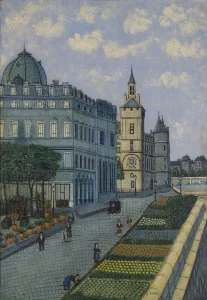
1914
Le marché aux fleurs
1914
Oil on canvas
46,2 x 32,2 cm
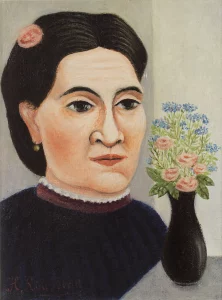
c. 1900-03
Portrait de femme au bouquet de fleurs
c. 1900-03
Oil on canvas
18,3 x 14 cm
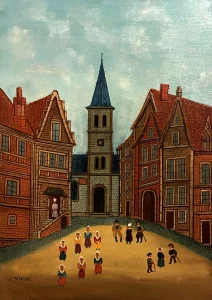
c. 1930
Le Village Breton
c. 1930
Oil on canvas
46 x 33 cm
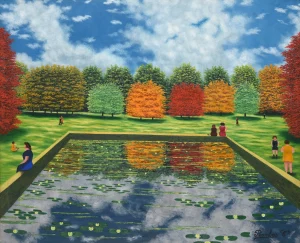
c. 1935
Reflets d'automne
c. 1935
Oil on canvas
60 x 73,5 cm

c. 1930
La grille rompue
c. 1930
Oil on canvas
92 x 73 cm

1922
Pêcheurs
1922
Oil on canvas mounted on cardboard
20 x 21 cm
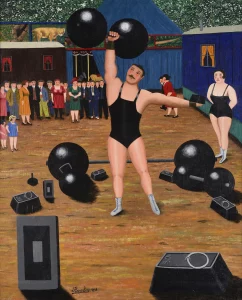
1928
Au cirque forain
1928
Oil on canvas
73,6 x 57,8 cm
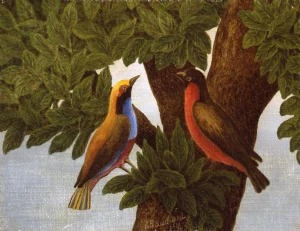
1943
Deux oiseaux sur un arbre
1943
Oil on canvas
27 x 35 cm
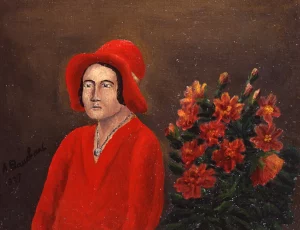
1927
Portrait de femme en rouge aux fleurs
1927
Oil on hard panel
20 x 26,5 cm
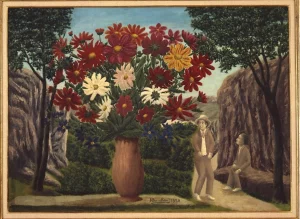
1928
Les Promeneurs du dimanche
1928
Oil on canvas
73 x 100 cm
Aped quas parum qui beaquae preped eum volupitae odis re culpa volor autes nesciis am inus veliquibus. Rum fuga. Et ernam, que minvel Rum fuga. Et ernam, que minvel Rum fuga. Et ernam, que minvel Rum fuga. Et ernam, que minvelEt ernam, que minvel Rum fuga. Et ernam, que minvel Rum fuga. Et ernam, que minvel Rum fuga. Et ernam, que minvel
Aped quas parum qui beaquae preped eum volupitae odis re culpa volor autes nesciis am inus veliquibus. Rum fuga. Et ernam, que minvel Rum fuga. Et ernam, que minvel Rum fuga. Et ernam, que minvel Rum fuga. Et ernam, que minvel Et ernam, que minvel Rum fuga. Et ernam, que minvel Rum fuga. Et ernam, que minvel Rum fuga. Et ernam, que minvel



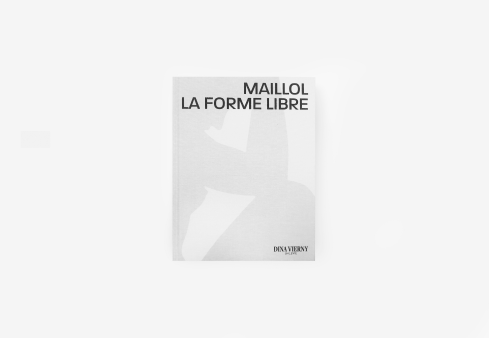
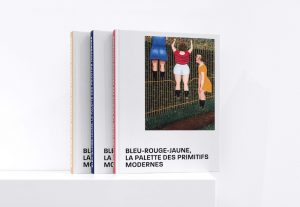



Newsletter
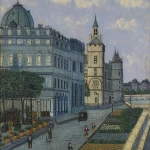
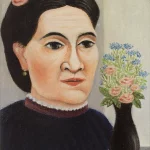
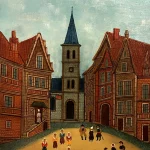
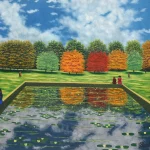
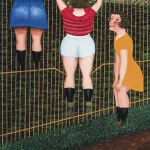
Galerie Dina Vierny
36 rue Jacob 75006 Paris
Open from Tuesday to Saturday from 10 a.m. to 7 p.m.
Galerie Dina Vierny
36 rue Jacob 75006 Paris
Open from Tuesday to Saturday from 10 a.m. to 7 p.m.
